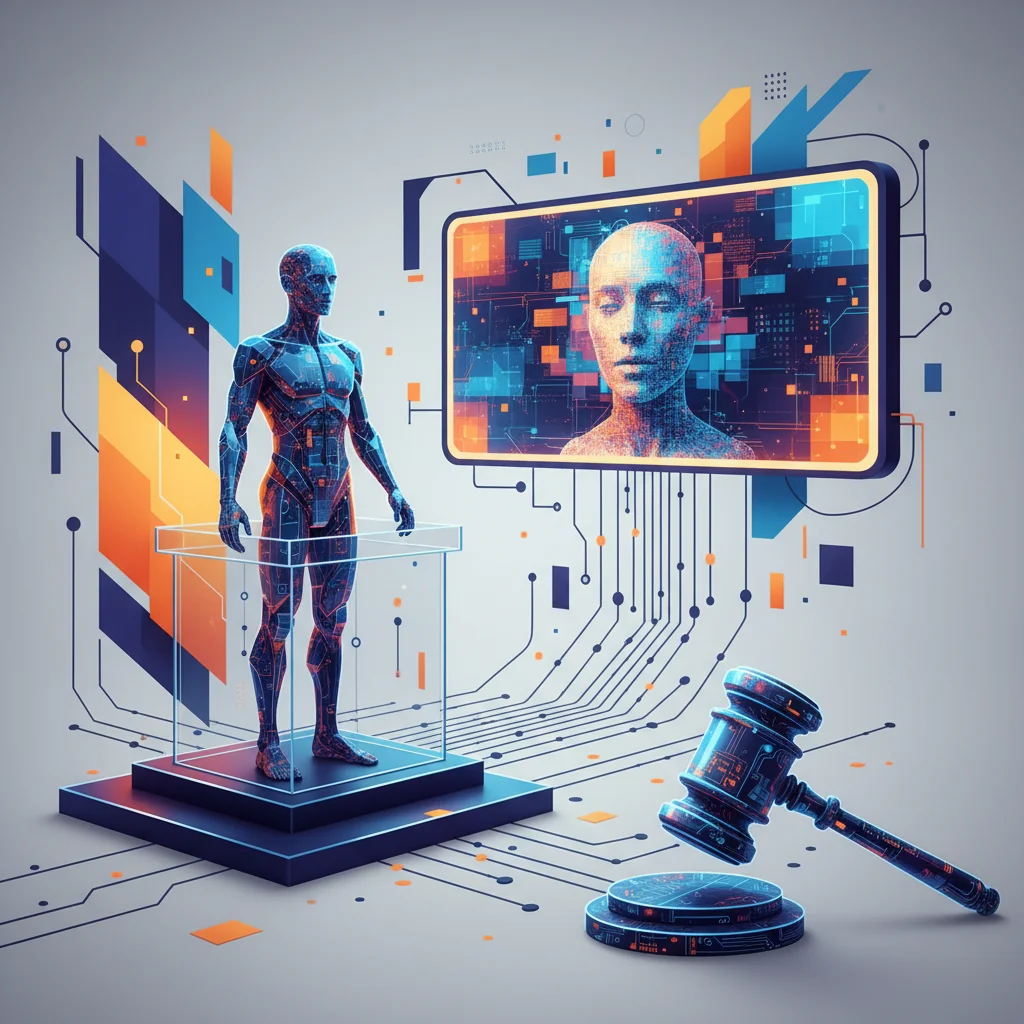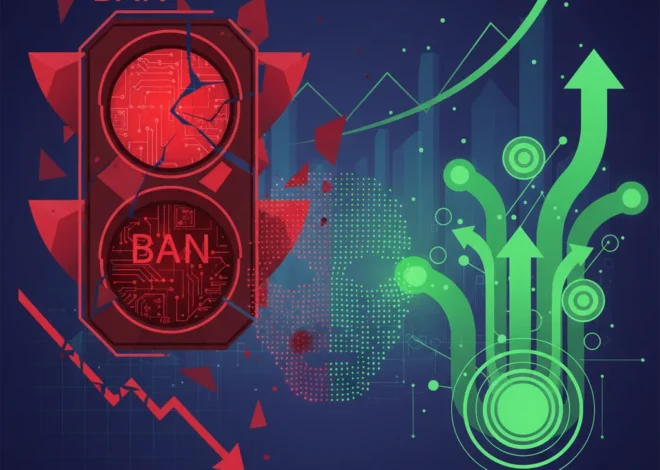
AI on the Witness Stand: How a ChatGPT Image Became Key Evidence in a Murder Case
We’ve all seen the headlines. Artificial intelligence is writing our emails, composing our music, and even helping to code our software. It’s a story of relentless innovation, a narrative dominated by productivity hacks and futuristic possibilities. But a recent, chilling case from Pacific Palisades, California, has cast a stark new light on the role of AI in our society. It’s a story that moves artificial intelligence from the data center to the courtroom, asking a question we never thought we’d face so soon: Can your AI prompts be used against you?
Investigators in a deadly arson case have revealed a stunning piece of evidence against the 29-year-old suspect: an AI-generated image of a burning city, discovered on one of his devices. The tool used to create this disturbing digital artifact? None other than the ubiquitous ChatGPT. This isn’t science fiction; it’s a real-world collision of advanced technology and criminal justice, and it has profound implications for developers, entrepreneurs, and every single user of generative AI.
The Digital Breadcrumbs: When Prompts Become Evidence
In the world of digital forensics, every click, search, and message leaves a trace. For years, investigators have pieced together timelines and motives from browser histories, text messages, and social media posts. The Pacific Palisades case signals a major evolution in this practice. The digital breadcrumb trail now leads directly to the servers of powerful AI models.
This is where the conversation expands to the very architecture of modern technology. Most of the powerful AI tools we use today are delivered via a SaaS (Software as a Service) model, running on massive cloud infrastructure. When you type a prompt into a tool like ChatGPT, you aren’t just interacting with a program on your local machine. You’re sending a request to a remote server, which processes it using sophisticated machine learning algorithms and sends back a response. That entire interaction—your prompt, the AI’s output, and associated metadata—is often logged.
For law enforcement, these logs are a potential goldmine. They can offer an unprecedented window into a person’s mindset, curiosities, and even plans. An AI-generated image of a burning city, in the context of an arson investigation, is far more than a random piece of art. It can be presented to a jury as evidence of intent, fascination, or premeditation. This case forces us to re-evaluate our relationship with artificial intelligence, seeing it not just as a creative partner but as a silent, meticulous witness to our thoughts.
A New Frontier for Cybersecurity and Legal Tech
The emergence of AI-generated content as evidence opens up a challenging but fascinating new frontier for the cybersecurity and legal tech industries. The skills required to uncover and analyze this data are highly specialized, blending traditional digital forensics with a deep understanding of how large language models and diffusion models work.
Consider the technical hurdles:
- Data Provenance: How can investigators prove definitively that a specific user generated a particular image with a specific prompt at a specific time? This requires close collaboration with the AI service providers.
- Interpreting Intent: A writer might generate a similar image as research for a fictional story. The context is everything. Forensic experts will need new methodologies to differentiate between creative exploration and criminal ideation.
- Model Manipulation: Could a sophisticated user manipulate an AI model or its outputs to create misleading evidence? This adversarial aspect is a core concern for cybersecurity professionals.
This is where innovation and opportunity meet. For startups in the legal tech and security space, there’s a clear market need for new tools and services. Imagine software designed to scan seized devices specifically for AI-generated content, analyze the metadata, and create a verifiable chain of custody for use in court. This could involve developing automation scripts that interface with AI APIs to cross-reference evidence. The programming and data science challenges are immense, but so is the potential impact.
Ethical Dilemmas for the AI Industry
This case should be a wake-up call for every developer, product manager, and executive in the AI space. The tools we are building are no longer confined to sterile corporate environments; they are deeply embedded in the complex, messy reality of human behavior. This brings a host of ethical responsibilities to the forefront.
Data retention policies, for instance, are no longer just a matter of operational efficiency or GDPR compliance. They are now a matter of public safety and civil liberties. How long should a company store user prompts? What level of legal due process is required before handing that data over to law enforcement? These are no longer theoretical questions.
Furthermore, the very programming of these AI systems carries ethical weight. Developers are constantly working to place guardrails on AI to prevent the generation of harmful, violent, or explicit content. This case demonstrates the high stakes involved. While the AI didn’t commit the crime, its output could be a key factor in proving who did. This creates a dual challenge: preventing the misuse of AI as a tool for crime while navigating its role as a source of evidence after a crime has been committed.
The Double-Edged Sword of AI Innovation
It’s crucial to maintain perspective. Artificial intelligence and machine learning offer incredible benefits for law enforcement. AI algorithms can analyze crime data to identify patterns, scan vast amounts of surveillance footage in minutes, and help solve cold cases by finding connections humans might miss. This is the positive side of technological innovation in the pursuit of justice.
However, the Pacific Palisades case is a stark reminder that every powerful technology is a double-edged sword. The same generative AI that helps a student write an essay or an artist create a masterpiece can also be used to visualize a destructive fantasy that bleeds into reality. The line between thought and action has always been a cornerstone of our legal system, but generative AI complicates this by creating a tangible artifact of that thought.
As this case and others like it proceed through the legal system, they will set important precedents. Courts will have to grapple with the evidentiary value of AI-generated content. Juries will have to decide how much weight to give to a digital image born from a line of text. And all of us,


